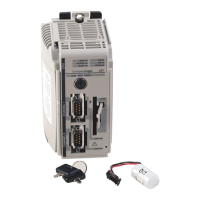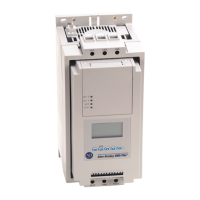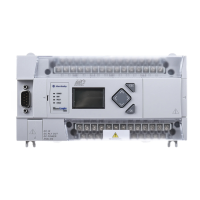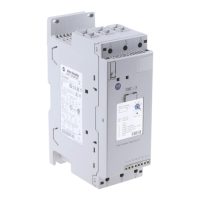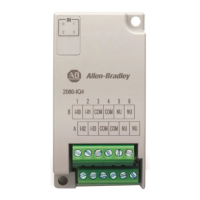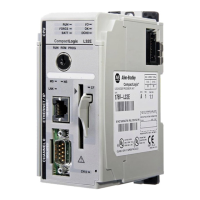242 Rockwell Automation Publication 1769-UM021I-EN-P - May 2018
Chapter 9 Use I/O Modules with CompactLogix 5370 L3 Controllers
Module Fault Related to RPI Estimates
When following the guidelines described in Table 29 , most CompactLogix
5370 L3 control systems operate as expected. Some systems that follow the
guidelines can experience a Module RPI Overlap minor fault as described in
the following table.
Name Fault
Information
Condition In Which Fault Occurs
Module
RPI
Overlap
(Type 03) I/O fault
(Code 94) Module
RPI overlap
detected
Module Slot = x,
where x is the slot
number of the I/O
module in the I/O
Configuration
section
This fault is logged when the current RPI update of an I/O module overlaps with
its previous RPI update. The Minor Faults tab in the Controller Properties dialog
box indicates in which module the RPI overlap occurs.
If multiple I/O modules experience the fault, the application indicates that the
fault occurred on the first such I/O module. Typically, it is an I/O module with a
large Input/Output array sizes. Example modules that use large Input/Output
array sizes include the 1769-SDN and 1769-HSC modules. In these cases, we
recommend that you adjust the RPI of the module to eliminate the fault.
Once the fault is cleared from the first I/O module, the application indicates the
next module that experiences the fault. This pattern continues until the fault is
cleared from all affected I/O modules.
To avoid this fault, set the RPI rate of the I/O modules to higher numerical values.
We recommend that you use an RPI value that is not a common multiple of other
module RPI values, such as 2.5 ms, 5.5 ms, or 7 ms.
• We recommend that you do not run CompactLogix 5370 L3 control systems
with Module RPI Overlap faults.
• A system that experiences many Module RPI Overlap faults cannot operate
optimally because I/O data is not sampled at the expected rate that the RPI
settings determine.
• When the project is downloaded or the RPI value of an I/O module is
adjusted, it is expected to have a minor fault. Faults under these conditions
are transitionary. Clear the fault and wait for the fault to reappear before
adjusting the RPI value or the task priorities.

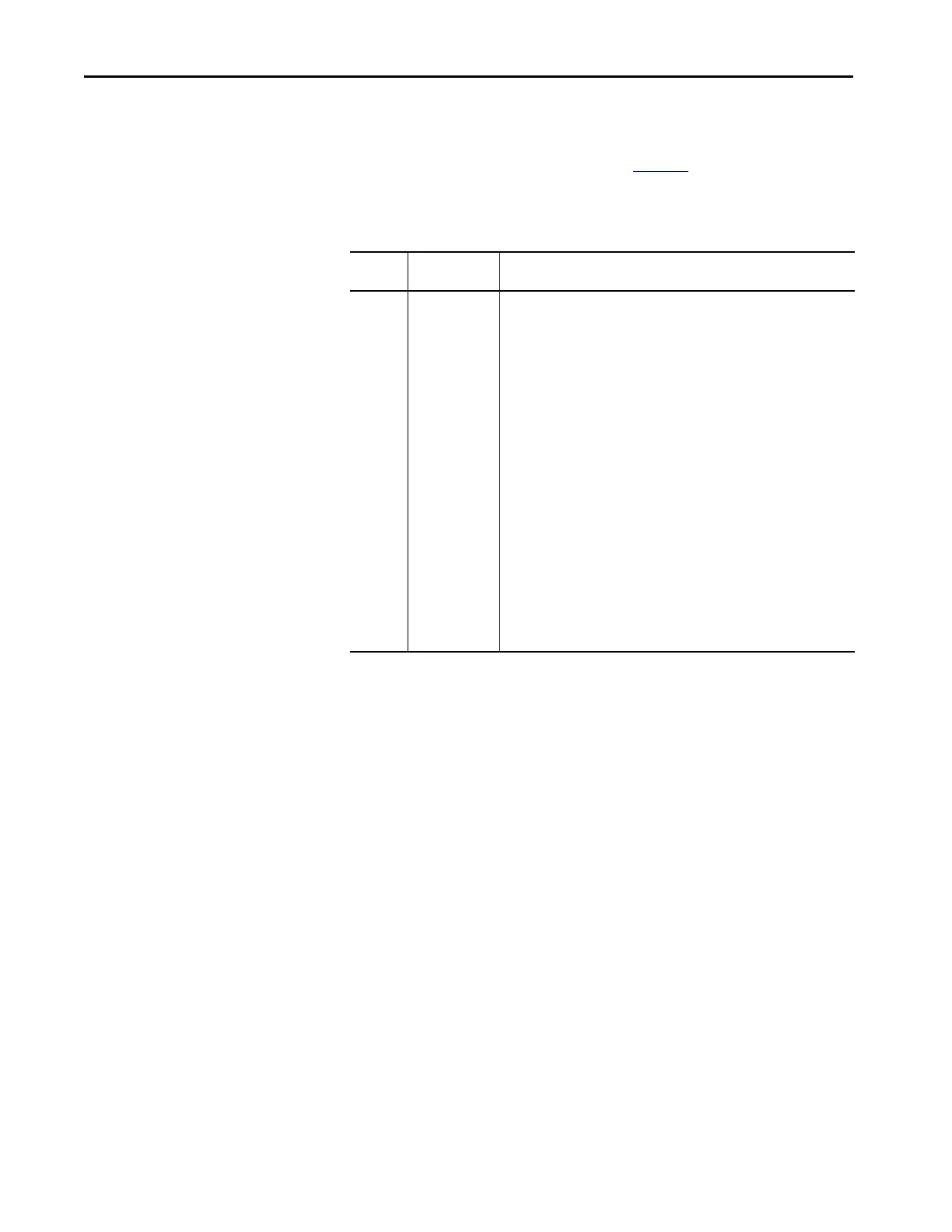